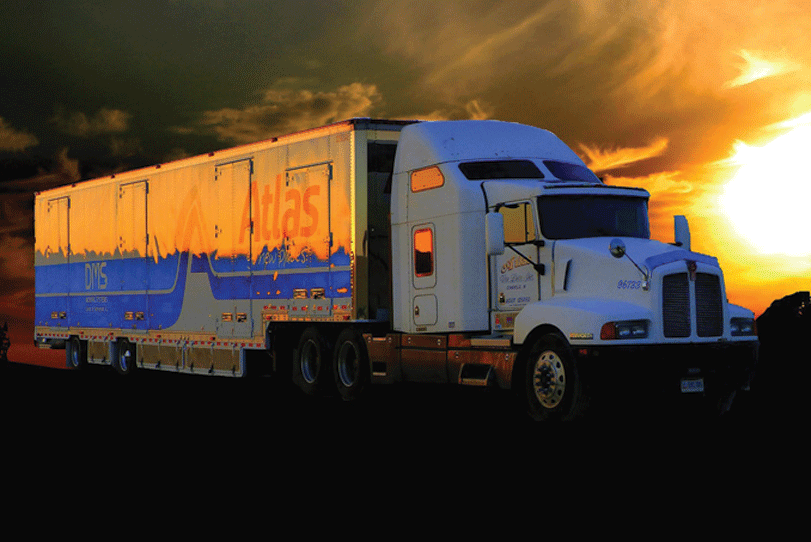The Global Cold Chain Association (GCCA) in its first quarter report talks about the general major cost structure of operating refrigerated warehouses. It also talks about the cost of labour was once again the largest share of expenses, followed by property rent or lease expenses.
According to GCCA, the rates that cold storage warehouses charge customers for providing third-party logistics services such as storage and shipping of perishable foods have been challenged as arbitrary and steep. In order to improve the economic information available to industry participants, the Global Cold Chain Alliance has commissioned a Cold Chain Index (CCI), reported since the end of 2018. The CCI tracks the growth rates of costs using predominantly official sources of economic data.
The CCI includes five classes of expenses: labour, electric power, rent, supplies, and repairs, the cost shares typical of a North American refrigerated warehouse. Labour was the largest share of expenses, at 46 percent of the total. Property rent or lease expenses represented nearly 35 percent of total expenses. Electric power accounted for 10 percent of total expenses. The “other” category included the leases on material handling equipment, expenses on utilities other than electric power, and un-specified other expenses. Note that the cost shares have been updated since the Q4 2019 release for all 2020 releases based on the FY2018 IARW Productivity and Benchmarking Survey results.
“GCCA’s Cold Chain Index is a valuable tool for thirdparty warehouses and their customers, such as food retailers and wholesalers in contract negotiations that reflect actual costs of the major inputs for producing the 3PL services – labour , electric power, rent, supplies, and repairs,” says Jason Troendle, Director of Market Intelligence & Research. “Today’s 3PL services are not commodities; they are tailored in many cases to specific customers, and many 3PLs are offering value-added services such as case picking, blast freezing, GDP Audit Certification, SQF Certification, and much more. The CCI helps purchasers of 3PL services understand the basic costs and it’s up to the 3PL to discuss the ROI of the value-added services.
The Global Cold Chain Alliance (GCCA) has published the findings of its survey of business impacts of the COVID-19 virus on companies comprising the global cold chain. The report provides critical data about some of the ripple effects globally on social and economic activity of the cold chain industry. GCCA members store over 260 billion pounds of perishable foods each year, with an economic impact of $6.1 billion (est. revenue generated by the refrigerated warehousing industry) annually.
“This data provides important insights for the global cold chain industry,” says Jason Troendle, Director of Market Intelligence and Research at the Global Cold Chain Alliance and author of the Report. “There is no other research focused on the effects of the pandemic on our industry. We hope this information is helpful for all our members to understand what is happening across the industry, assist companies plan for future operational changes, and be prepared for other crises that may crop up.”
Key findings of this research include:
- Business challenges – The most frequently-selected challenge was supply chain disruptions (e.g. keeping up with demand surge, slowdowns in food service, production/manufacturing challenges) and selected by slightly over 50 percent of all respondents.
- Responses – The top COVID-19 response was to take extra measures to protect the workforce (e.g. staggered shifts, social distancing, remote working). The nexthighest issues were maintaining overall business continuity and workforce morale.
- Impact on Revenue – Comparing actual Q1/Q2 revenue vs. Q1/Q2 pre-crisis revenue expectations, 54 percent of all respondents reported a downfall, 11 percent of the respondents saw no change, and 35 percent reported an increase in revenue. Respondents believe the next six months may look very similar to the past few months.
- Increased Costs – Approximately 80 percent of respondents indicated an increase in costs, with the most common uptick between 1-5 percent increase.
- Government Priorities – The respondents would prefer to see the government to prioritise access to PPE and cleaning closely followed by financial assistance for employees as well as employers in the cold chain industry.
- Changing Business Operations – Measures taken to reduce person-to-person contact to minimise the spread of the virus that caused operational changes across the cold chain. While these measures were done out of necessity, they also provided an opportunity to adjust or try new processes or controls that if effective and efficient may remain in place after the pandemic from COVID-19 is over. 53 percent of respondents believe there will be an increase in the number of employees working remotely. Pre-pandemic work-fromhome rates averaged 4.5 percent of their workforce. That has increased to 19.8 percent of the workforce during the pandemic, and there is an expectation that about 10.6 percent of the workforce will continue to work remotely. This could lead to an increase of 6.1 percent of the workforce working remotely moving forward.
- Industry Trends – About three quarters of all respondents think that the pandemic will cause an increase in the growth rate of e-commerce/direct-toconsumer delivery of chilled and/or frozen product. Even stronger demand for data and predictive analytics is expected in the future, and respondents are optimistic that the growth rate of the industry will be more significant. Conversely, 73 percent of respondents believe that global trade opportunities will either decrease or remain the same relative to pre-COVID expectations.
For more details, visit:
www.gcca.org
Cookie Consent
We use cookies to personalize your experience. By continuing to visit this website you agree to our Terms & Conditions, Privacy Policy and Cookie Policy.














